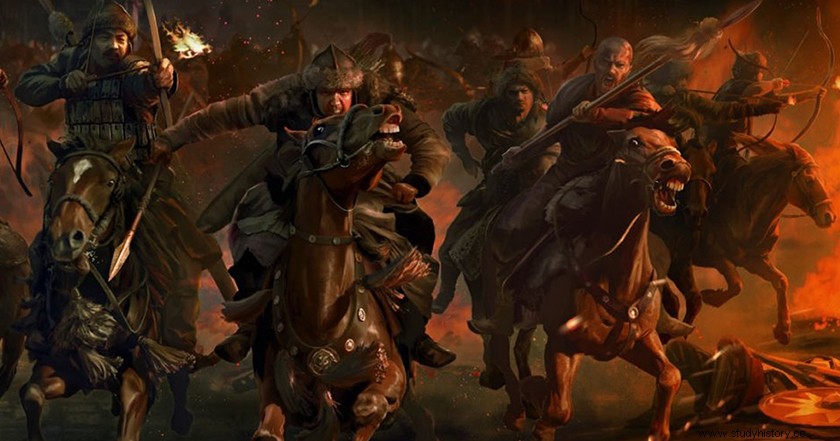
Attila, king of the Huns, is one of the most controversial historical figures. On the one hand, he is assigned a pivotal role in the fall of the Western Roman Empire, by leading his hosts through the very midst of chaos and confusion. Although, on the other hand, several important defeats are assigned to him, which make us doubt, if this preponderant role assigned was really so decisive.
The Huns.
The origin of the Huns is quite confusing, it is evident that it is one of the many peoples who lived in the eastern steppes that go from the Black Sea to present-day Mongolia. They all have a nomadic life in common, in search of the best pastures for their herds and especially their excellent skills as horsemen.
The Huns were described by late Roman historians, such as Ammianus Marcellinus or the Goth Jordanes, as the fiercest of the barbarian peoples. According to whom, these were children of unclean spirits, small, but strong and extremely agile. One characteristic that they did not miss in their descriptions was his sparse beard, product of the knife incisions that the parents ingested in the faces of the newborns, so that they would begin to get used to the pain of war. Which they practiced as a way of life, becoming horsemen specialists and the most accurate with a bow in their hands. They did not leave their steeds even to eat, since under their saddle they carried the raw meat they needed to eat.
It is difficult to know its history, but if in the third century B.C. the Chinese began the construction of their Great Wall to defend themselves from these, seven centuries later, at the beginning of the 5th century AD. C. they were already negotiating land with the Roman Empire on the border of the province of Pannonia. In this long period the Huns had important changes at the social level, evolving from small tribes ruled by a military leader, to a society controlled by a monarch.
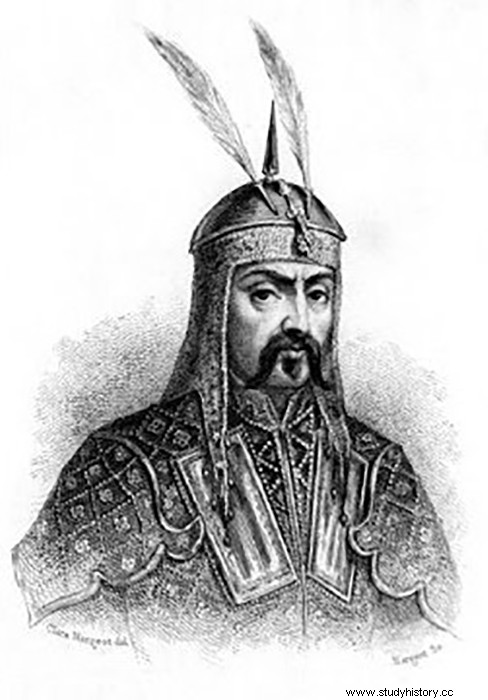
Attila, the most important king
King Attila, terror of the Eastern Empire.
After warring for years with the Sassanian Persians and being defeated by the heirs of the great Shapur II, the Huns arrive in Europe at the end of the 4th century AD. C. On their way to the west and possibly attracted by the splendor of the Roman Empire, they collide successively with the barbarian peoples settled in the imperial limes, Goths, Alans or Alamanni are progressively pushed. The result was the breaking of the Rhine frontier, on the fateful night for the Empire of December 31, 406.
During this period the Hun kinglets are little known, and possibly none of them had complete control over the conquered territories. The first that is clearly recorded is Rugila, who according to the Roman chronicles and by order of the Eastern Emperor Theodosius II (408-450), received 350 pounds of gold a year, in order to avoid the Huns' siege of the capital Constantinople.
Rugila's death is succeeded by Bleda and Attila, supposedly Rugila's nephews. After a period of relative calm, both began the siege of the Roman provinces of Illyricum and Thrace, the reason being to be able to increase the value of the tributes that the Empire had to pay them, which came to be more than 2000 pounds of gold per year. The Empire of the Huns was gaining power, a good account of this were the free trade treaties of these with the powerful Rome. It is not clear, but in the year 445 Attila appears as the sole king of the Huns, his brother had been murdered, it is not surprising that the main suspect is Attila himself.

The Empire of the Huns in the middle of the 5th century
Attila heads west.
In the year 450, Attila's plans take a turn, when a letter from Honoria, sister of the Roman emperor Valentinian III (425-455), comes into his possession, in which which she asks the King of the Huns himself to marry. For Attila opens the door to his intervention in the West in order to claim his dowry, which consists of half of the territories of his future brother-in-law, it is evident that all this was nothing more than a mere pretext to invade Gaul.
The invading army was made up of Huns, Ostrogoths, Gepids and Alans, these barbarian peoples acted as vassals of the former. As usual in the counts of this time, the bloated figures are common, since they speak of around 700,000 men. Opposite were those who are considered to be the best Roman general of the 5th century, Flavius Aetius, who gathered the largest available army, with Roman soldiers accompanied by Franks and Visigoths, the latter barbarian peoples who exercised de facto power in Roman Gaul.
Both armies met three days' journey from Lutetia , (Paris). It was September 19, 451. The battle, known as the Catalaunian Fields, was a real massacre for both contenders. But the forces of Flavio Aetius won the game by conquering the hill that served to control the battlefield. The Huns fled east with Attila in the center of the formation for their protection.
Flavius Aetius did not finish off the king of the Huns. History speculates on the lack of decision of the Roman general, who has been blamed for not wanting to eliminate an important rival, in order not to lose importance within the imperial structure. But we cannot ignore the death of Theodoric, the king of the Visigoths, who could act as a brake to continue the battle. Not to mention the enormous number of deaths that it had for the Romans, and that considerably reduced the options of definitively defeating Attila.
Attila had an obligation to make amends for the defeat in Gaul, and the new target was the city of Rome itself. On the way he attacked a large number of cities in northern Italy, including Patavium (Pavia) or Mediolanum (Milan) in both he got succulent spoils of war. Flavius Aetius did not come to the aid of Rome, behind him may be his enmity with the emperor, in such a way that the eternal city remained in the hands of the king of the Huns.
But his path was cut short, the reasons are also unknown. According to Christian sources, in this case Prosper of Aquitaine, Pope Leo I went out to meet Attila, in an unusual meeting with him on the banks of the Mincio river. In it, the Hun king was so impressed by the papal presence that he decided to back down, it is said that Attila was a great superstitious man. It is difficult to think that this was the reason, and historiography opts for the plague epidemic that swept through Italy and caused enormous casualties among his men.

The meeting between Attila and Leo I
Attila's death.
In the following years Attila unsuccessfully tried to block Constantinople, in front of him he met one of the most decisive Eastern emperors for the continuity of the Roman world in Byzantium, Marciano, who contained the attacks of the Huns and cut off the supply of money to Attila's coffers. This turned against the people of the Alans, who asked the Visigoths for help to defeat the Hun army.
In this environment of decline of the Huns in Europe, Attila met his death. It was during his umpteenth wedding to highlight that the Huns practiced polygamy. The new lucky one was the Gothic princess Ildiko. The marriage took place in her wooden palace on the banks of the Tisza River. After the party in which he ingested a large amount of alcohol, he went up to his room with his new wife. It was the last time he was seen alive, the next morning he was found dead surrounded by a pool of blood. Apparently, according to the sources, he did not have any injuries, hence the official version of his death was a nosebleed, which, given the impossibility of waking up from the drunkenness, caused him to die drowned in his own blood.
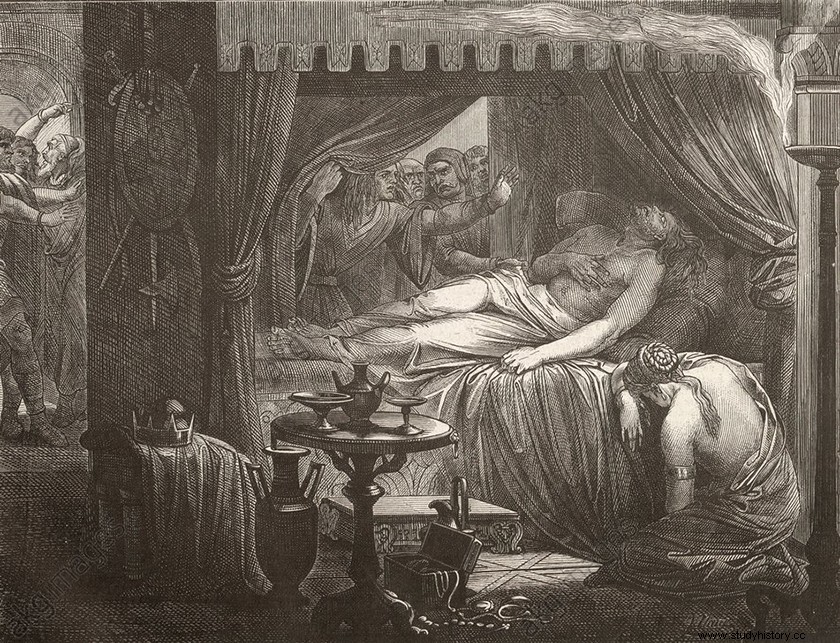
Engraving depicting the death of Attila
At this point, we can ask ourselves the question that gives this article its title. Many times we have read or heard of Attila's preponderant role in the fall of the Roman Empire. He has been undecorously placed at the height of the great conquerors like Alexander the Great or Genghis Khan. When reading about it, it is easy to think that it is the result of the propaganda of late Roman historians, in pursuit of finding those responsible for the decline of Rome. He never made it to the West, where he was defeated by Aetius, and was not able to reach Rome, as Alaric did before, or Genseric after Attila's death. Even less with the eastern part, where the Roman world began to be perpetuated, while the Huns engaged in internal struggles to succeed their last great leader Attila.
Recommended reading:

Buy. The fatal fate of Rome.
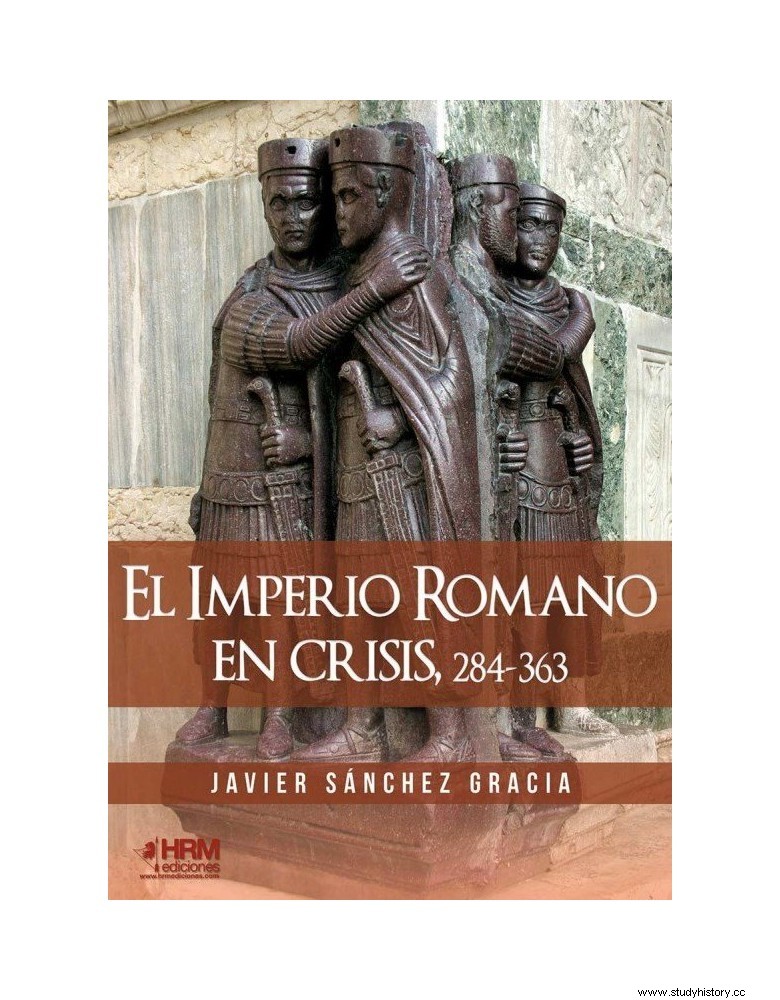 Buy. The Roman Empire in crisis.
Buy. The Roman Empire in crisis.
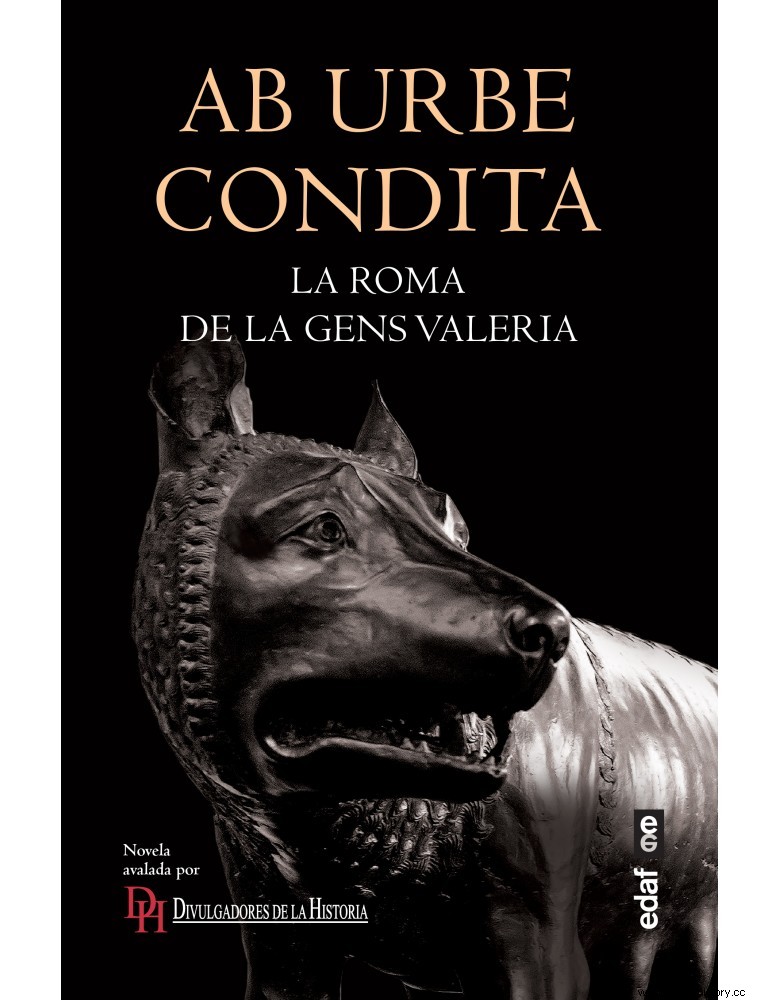
Buy. Ab urbe Condita.

Buy. The sack of Rome.
More info:
The enemies of Rome, Philip Matyszak, Ed. Oberon, 2005
The fall of the Roman Empire, Adrian Goldswhorty, Ed. The sphere of books, 2009
Attila and the Huns, a brief history, Ana Martos Rubio, Ed. Nowtilus, 2011
